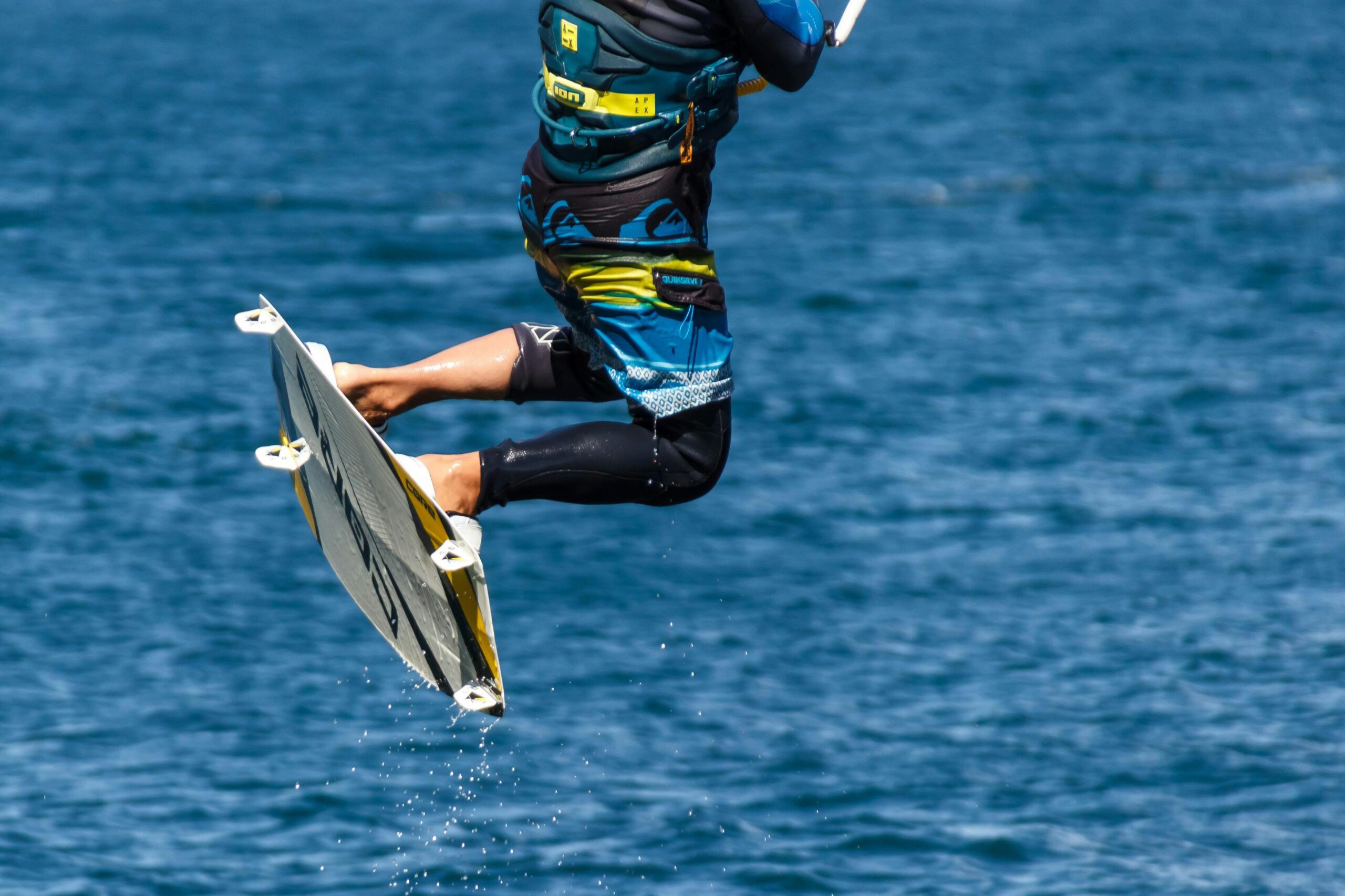Choosing the right wakeboard bindings and boots is a crucial step to elevate your comfort and performance on the water. Both these components play a significant role in your wakeboarding experience, and understanding their differences, key features, and how to tailor your choice to your individual needs can help you make an informed decision.
Understanding the Basics: What Are Wakeboard Bindings and Boots?
Wakeboard Bindings create a secure attachment of your boots to the wakeboard. They play a major role in offering support, controlling movement, and ensuring adjustability. Always check the compatibility of your bindings with your wakeboard. While most boards use a universal mounting system, some may require specific bindings. Wakeboard bindings can also be switched out to suit each rider, making it possible to share a board while ensuring support and stability.
Wakeboard Boots, on the other hand, refer to the actual footwear that your feet sit into. These influence the overall comfort, fit, and control during your ride. They not only provide comfort but also sway your riding style. There are two main types of wakeboard boots: open-toe and closed-toe. Open-toe boots are more accommodating for various foot sizes and are easier to put on and take off, while closed-toe boots offer enhanced support and control. Closed-toe boots offer a superior heel-toe response and are suitable for colder climates or off-season riding.
While both components work together for optimal performance, it is essential to tailor your selection to fit your needs.
Comparing Wakeboard Bindings and Boots: Key Differences
| Bindings | Boots | |
| Purpose | Attach boots firmly to the wakeboard, distribute the force of movements across the board. | Focus on fit and comfort. |
| Design | Come in traditional, Hyperlite System, and sandal styles; cater to various riders’ preferences. | Can be open-toe (flexible size) or closed-toe (precision-focused). |
| Customizability | Offer adjustability for different foot sizes with adjustable straps. | Offer adjustable flex, fit, and fastening options, as well as liner types for a custom-made experience. Many wakeboard boots now feature heat moldable liners that significantly improve fit and make getting them off and on a lot easier. |
Types of Wakeboard Bindings Explained
Traditional Bindings: Widely used and offer secured fits with laces, BOA systems, or Velcro straps. Suitable for most riders, particularly beginners and intermediates.
Hyperlite System Bindings: Feature snowboard-style setups with ratchets and straps for precision-focused, high-performance riders.
Sandal Bindings: Though less supportive and rare, these simple designs cater to casual or nostalgic riders.
Types of Wakeboard Boots: Open Toe vs. Closed Toe
Open Toe Boots provide flexible sizing and while they may lack the same support as closed-toe boots, these are great for sharing. For a detailed explanation of open toe vs closed toe wakeboard bindings, check out this video.
Closed Toe Boots cover the entire foot to provide excellent control, making them ideal for advanced riders. These, however, are not suitable for sharing due to their size specificity.
How to Choose the Right Wakeboard Binding and Boot Setup
Pair setups according to skill level and riding style. Remember to consider budget and long-term planning for the best balance in cost-effectiveness, adaptability, durability, and performance.
Key Features to Evaluate When Buying
Comfort, flexibility, and fastening style are key factors to consider when buying wakeboard boots or bindings. Additionally, consider the skill level, riding style, budget, and long-term planning for the best balance in cost-effectiveness, adaptability, durability, and performance.
Popular Brands for Wakeboard Gear
Hyperlite, Ronix, and Liquid Force are some of the leading brands offering quality wakeboard gear across various preferences.
Tips for Shopping & Maintenance
Ensure compatibility and comfort of the boots and bindings before purchase. Post-use maintenance should include rinsing with freshwater and application of binding lubricant to prolong life.
Final Recommendations
Making a choice based on skill level, budget, and preferences can help you secure the perfect wakeboarding setup. Softer bindings offer more flexibility and are better for beginners and trick maneuvers, while stiffer bindings provide more support and are ideal for carving and speed.
